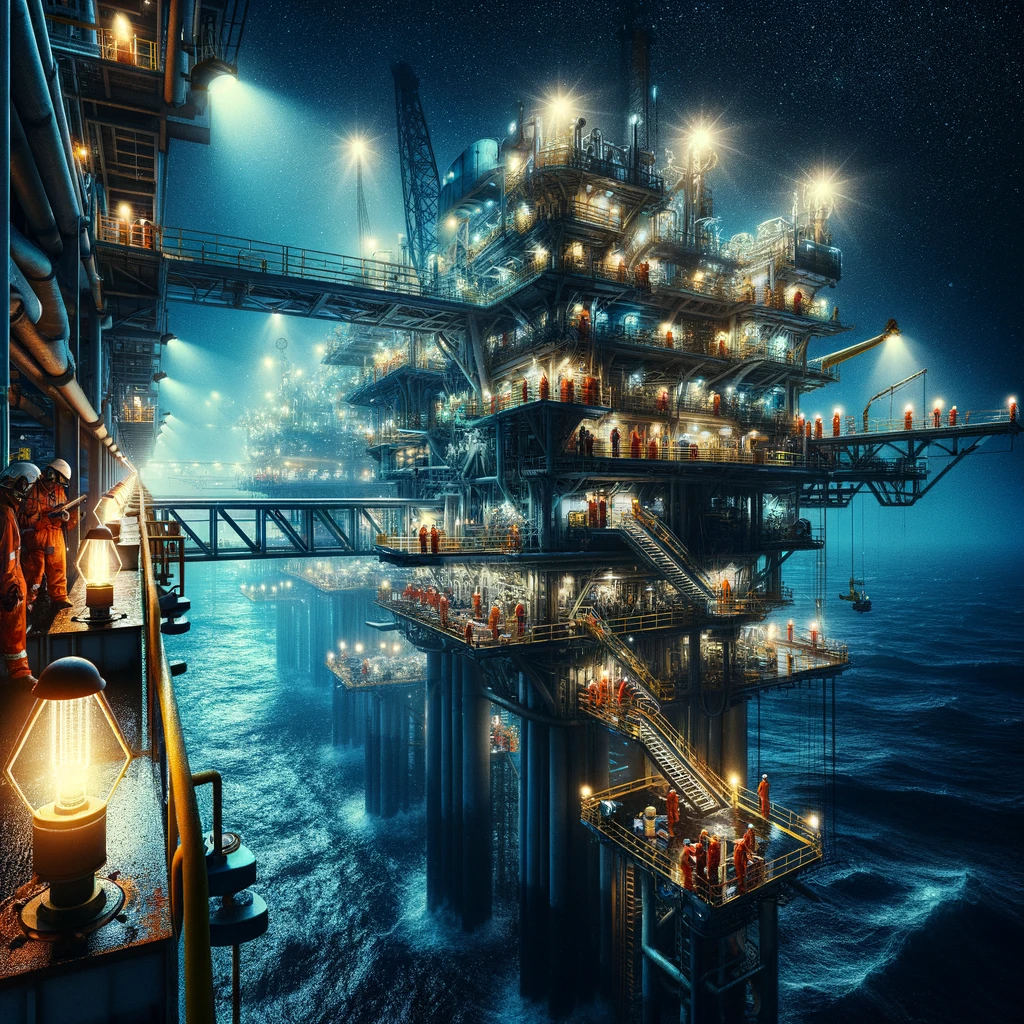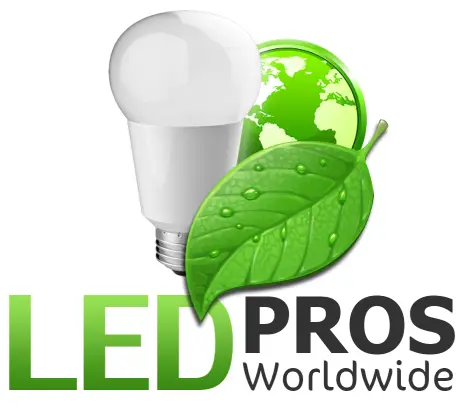In industries where hazardous materials, flammable gases, and combustible vapors are present, ensuring the safety of your workforce is paramount. One crucial aspect of maintaining a secure work environment is utilizing the appropriate lighting solutions. Class 1 Division 1 LED lighting is specifically designed to operate safely in areas where explosive atmospheres may occur, providing reliable illumination while mitigating the risk of ignition. In this article, we’ll delve into the importance of Class 1 Division 1 lighting, explore its applications, and provide insights on how to select the best lighting solutions for your unique workplace requirements.
Understanding Class 1 Division 1 Environments
Before we dive into the specifics of Class 1 Division 1 LED lighting, let’s first understand what constitutes a Class 1 Division 1 environment. According to the National Electrical Code (NEC), Class 1 locations are areas where flammable gases, vapors, or liquids are present in sufficient quantities to create an explosive or ignitable mixture. These hazardous atmospheres can arise during normal operations, maintenance, or due to equipment failure.
Class 1 environments are further categorized into two divisions:
1. Division 1: In these locations, ignitable concentrations of flammable substances are present continuously, intermittently, or periodically under normal operating conditions.
2. Division 2: These areas are less hazardous, with ignitable concentrations of flammable materials being present only under abnormal conditions, such as a container failure or system breakdown.
The Importance of Explosion-Proof Lighting
In Class 1 Division 1 environments, the use of standard lighting fixtures can pose a significant risk. If a light bulb shatters or an electrical spark occurs within the fixture, it could ignite the surrounding flammable atmosphere, leading to a catastrophic explosion or fire. This is where explosion-proof lighting comes into play.
Explosion-proof lighting fixtures are designed to contain any internal explosions, preventing the ignition of the external hazardous atmosphere. These fixtures are constructed with rugged, heavy-duty materials that can withstand the intense heat and pressure generated by an internal explosion. By confining the explosion within the fixture, hazardous location lighting ensures that your workforce remains protected, even in the most challenging environments.
The Advantages of LED Technology
While various types of explosion-proof lighting are available, LED technology has emerged as a superior choice for Class 1 Division 1 environments. LED lights offer several distinct advantages over traditional lighting options:
1. Energy efficiency: LED lights consume significantly less energy compared to incandescent or fluorescent bulbs, resulting in lower operating costs and reduced environmental impact.
2. Long lifespan: With an average lifespan of 50,000 to 100,000 hours, LED lights require less frequent replacement, minimizing maintenance requirements and associated costs.
3. Durability: LED lights are inherently more durable than traditional bulbs, as they contain no delicate filaments or glass components that can break easily.
4. Instant illumination: Unlike fluorescent lights that require a warm-up period, LED lights achieve full brightness instantly, enhancing visibility and safety in emergency situations.
5. Cool operation: LED lights generate minimal heat, reducing the risk of accidental ignition and contributing to a more comfortable working environment.
Selecting the Right Class 1 Division 1 LED Lighting
When choosing Class 1 Division 1 LED lighting for your facility, there are several factors to consider:
1. Certification: Ensure that the lighting fixtures are certified for use in Class 1 Division 1 environments by reputable organizations such as UL, CSA, or ATEX.
2. Lumen output: Assess the lighting requirements of your workspace and select fixtures with sufficient lumen output to provide adequate illumination.
3. Beam angle: Consider the beam angle of the LED lights to ensure proper coverage and distribution of light within the target area.
4. Mounting options: Choose lighting fixtures with appropriate mounting options, such as surface mount, pendant mount, or portable, to suit your specific installation needs.
5. Corrosion resistance: In environments with corrosive substances, opt for lighting fixtures with corrosion-resistant finishes or materials to extend their lifespan and maintain optimal performance.
 |
Frequently Asked Questions (FAQs)
Q1: What is the difference between Class 1 Division 1 and Class 1 Division 2 lighting?
A1: Class 1 Division 1 lighting is designed for areas where explosive atmospheres are present continuously or frequently during normal operations. Class 1 Division 2 lighting is suitable for locations where hazardous atmospheres are present only under abnormal conditions.
Q2: Can I use regular LED lights in a hazardous location environment?
A2: No, regular LED lights are not designed to withstand the rigors of hazardous location lighting, You must use specially designed, explosion-proof LED lighting fixtures that are certified for use in these hazardous locations. Read more about Hazardous Environments and the Critical Role of Explosion Proof Lighting here.
Q3: How many groups are listed under Class 1 Division 1?
A3: Class 1 Division 1 is further divided into four gas groups: A, B, C, and D. These groups are based on the ignition temperature and explosive pressure of the specific gases or vapors present in the environment.
Understanding the Four Groups of Class 1 Division 1
Within the Class 1 Division 1 classification, hazardous locations are further categorized into four distinct groups: A, B, C, and D. These groups are based on the specific properties of the flammable gases, vapors, or liquids present in the environment, such as their ignition temperature and explosive pressure. Understanding these groups is essential for selecting the appropriate explosion-proof lighting solutions and ensuring the safety of your workforce. Read more about Shedding Light on Hazardous Areas: Your Guide to Class 1 Division 1 LED Lighting here.
Group A: Acetylene Atmospheres
Group A encompasses atmospheres containing acetylene gas. Acetylene is highly flammable and can form explosive mixtures with air at a wide range of concentrations. Due to its low ignition energy and high explosive pressure, Group A environments require the most stringent explosion-proof lighting standards.
Group B: Hydrogen, Butadiene, and Ethylene Oxide Atmospheres
Group B locations contain flammable gases or vapors such as hydrogen, butadiene, and ethylene oxide. These substances have lower explosive pressures compared to acetylene but still pose significant risks. Explosion-proof lighting fixtures designed for Group B environments must be capable of withstanding the specific hazards associated with these gases.
Group C: Ethylene, Cyclopropane, and Ether Atmospheres
Environments classified as Group C contain flammable gases or vapors such as ethylene, cyclopropane, and certain ethers. These substances have higher ignition temperatures and lower explosive pressures compared to Groups A and B. Class 1 Division 1 LED lighting fixtures rated for Group C locations are designed to prevent the ignition of these specific gases.
Group D: Propane, Methane, and Gasoline Atmospheres ###
Group D encompasses atmospheres containing flammable gases or vapors such as propane, methane, and gasoline. Group D substances have the highest ignition temperatures and lowest explosive pressures among the four groups. Explosion-proof lighting solutions for Group D locations must meet the specific requirements to ensure safe operation in these environments.
Selecting the Appropriate Class 1 Division 1 LED Lighting ##
When selecting Class 1 Division 1 LED lighting for your facility, it is crucial to identify the specific group classification of your hazardous location. By choosing lighting fixtures that are certified for the appropriate group, you can ensure that your workforce is protected from the unique risks associated with the flammable substances present in your environment. Always consult with qualified professionals and refer to the relevant safety standards and regulations when implementing explosion-proof lighting solutions in your Class 1 Division 1 facility.
Conclusion
Protecting your workers in hazardous environments is a top priority, and Class 1 Division 1 LED lighting plays a vital role in ensuring their safety. By understanding the characteristics of Class 1 Division 1 locations and selecting the appropriate explosion-proof lighting solutions, you can maintain a well-illuminated and secure workspace. Invest in high-quality, certified Class 1 Division 1 LED lighting fixtures to safeguard your employees, minimize the risk of accidents, and create a more productive work environment. Remember, when it comes to safety, there can be no compromises.
[gravityform id=”1″ title=”true” description=”true”]
